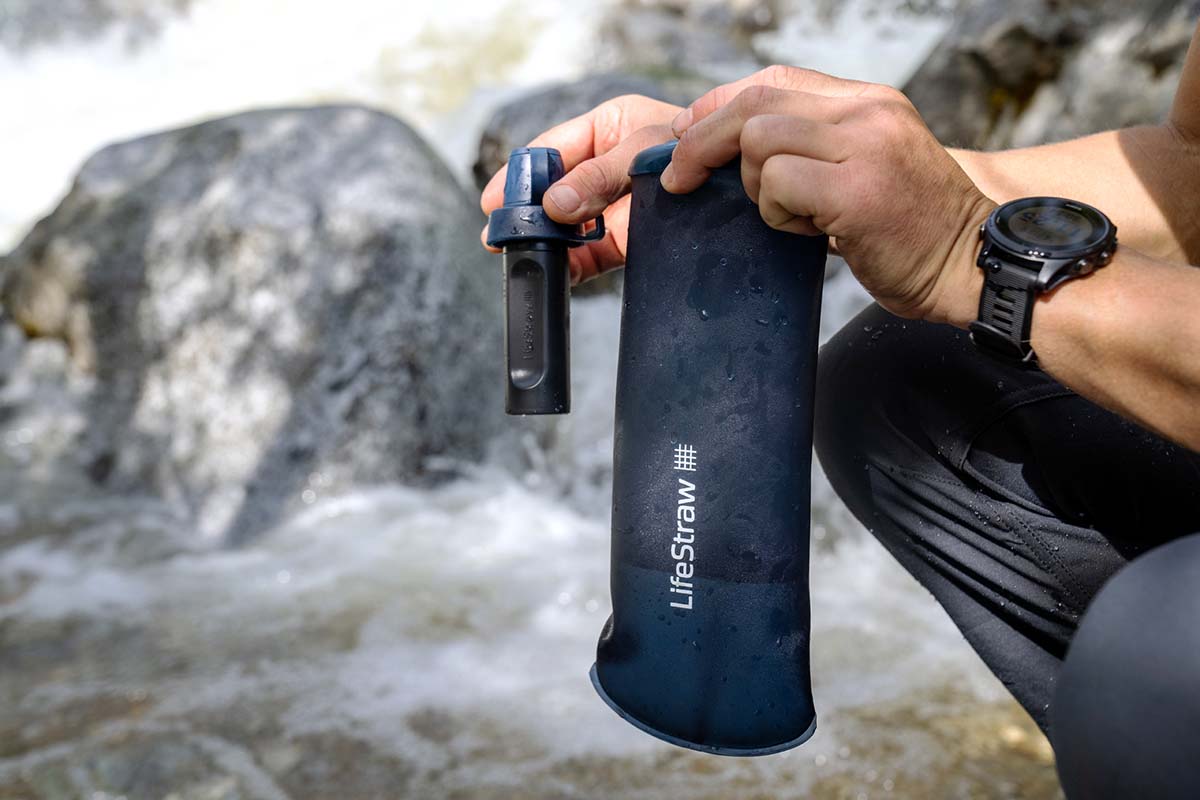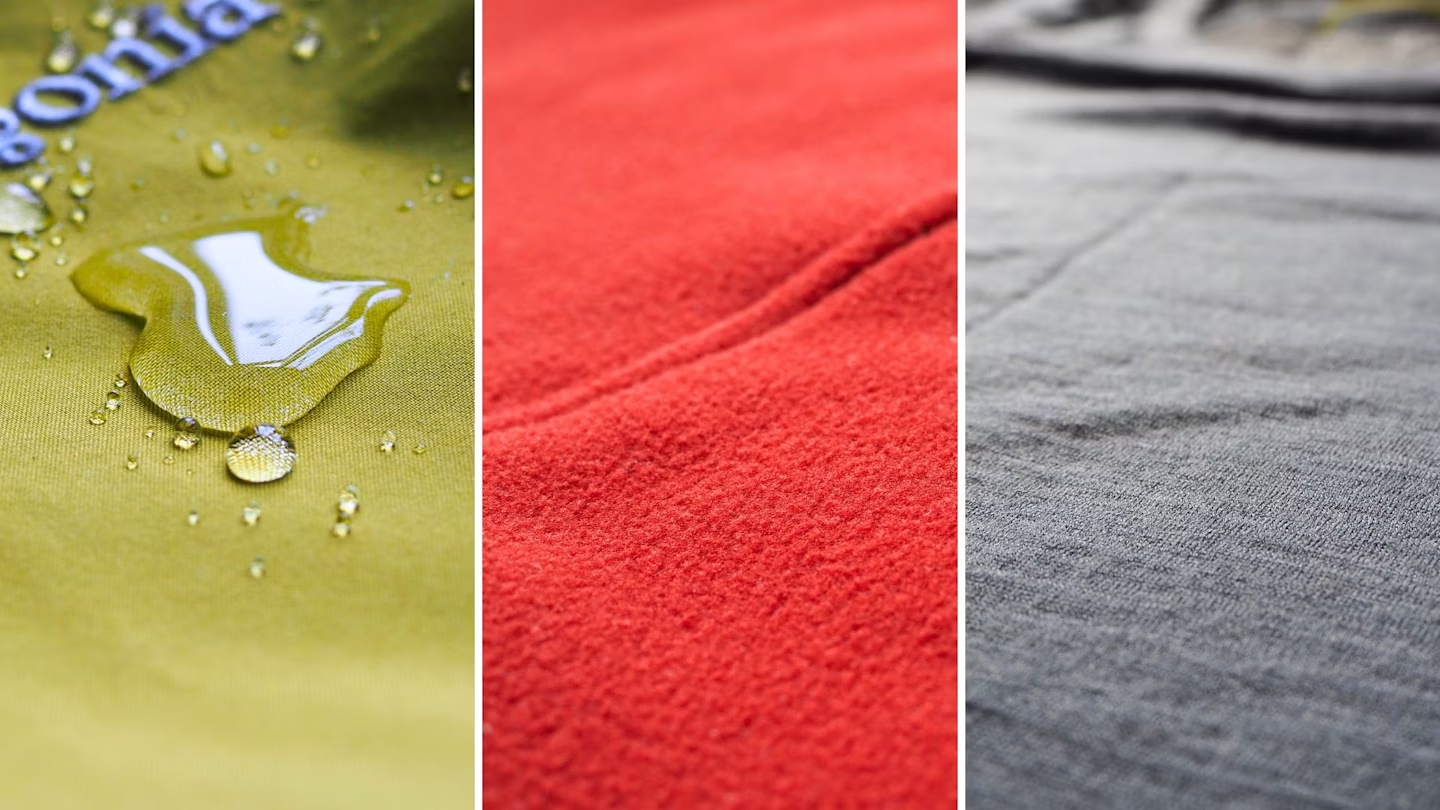Surviving in the wild or in any life-threatening situation often requires more than just courage and endurance. In today’s world, survivalism has evolved from a basic understanding of nature’s challenges into a high-tech battle between life and death. Gone are the days when survival meant relying solely on raw instincts and basic tools. Now, technology has introduced an entire arsenal of gadgets and gear that promise to improve your chances of survival when the stakes are high.
But, how much can high-tech gear really help in life-or-death situations? Does it make a significant difference, or is it just a matter of convenience and added comfort in the wilderness? In this article, we explore the fascinating world of survival technology, analyzing how cutting-edge gear can impact your survival chances, while examining whether high-tech tools truly enhance our ability to stay alive when things go south.
The Evolution of Survival Gear: From Simplicity to Complexity
In the early days of survival, the concept was fairly straightforward. Our ancestors relied on basic tools like knives, fire-starting devices, and rudimentary shelters to meet their survival needs. Over time, survivalists and outdoor adventurers started developing more advanced tools, including compasses, multi-tools, and shelters designed for more extreme environments.
Today, however, the landscape has shifted dramatically. Modern survival gear now includes high-tech gadgets that weren’t even conceived of a few decades ago—GPS devices, solar-powered flashlights, tactical drones, portable water filtration systems, and more. Technology has become intertwined with our understanding of survival, and it’s important to look at how these developments have improved our odds.
Survival Gear That Could Make the Difference
1. Satellite Communication Devices: Your Lifeline to Help
One of the biggest challenges when faced with a survival situation is the inability to call for help. Whether you’re stranded in the wilderness or lost at sea, communication with the outside world can be your only chance of rescue. Traditional methods like signaling with a whistle or smoke are effective but unreliable. However, modern satellite communication devices—like the Garmin inReach or SPOT—are game-changers.
These devices allow you to send and receive messages, share your location, and even call for emergency help, all via satellite signals. Many models also allow for tracking, so rescuers can pinpoint your exact location. In a scenario where you’re lost and unable to find your way back to civilization, a satellite device can drastically improve your survival chances by ensuring that help is never more than a few clicks away.

2. GPS Devices and Personal Tracking: Navigating With Confidence
Gone are the days of traditional maps and compasses (though they still have their place). Today, GPS devices and personal trackers provide real-time navigation and help you stay oriented even in the most confusing and remote locations. GPS technology is widely used in hiking, climbing, and overlanding, where losing track of direction can quickly lead to dangerous consequences.
Devices like the Suunto Traverse or the Garmin GPSMAP are equipped with detailed maps, altimeter readings, and tracking functions. These devices don’t just tell you where you are; they provide crucial data about your surroundings, terrain, and potential hazards. Knowing exactly where you are—and where you need to go—can significantly reduce your chances of getting lost or injured in the wild.
3. Solar-Powered Equipment: Powering Up When You’re Far From Home
In a survival situation, one of the biggest challenges is keeping your devices powered. While modern tools like GPS units, satellite messengers, and headlamps can greatly enhance your chances of survival, they all rely on battery life—something that can quickly deplete when you’re in a remote location without access to power.
This is where solar-powered gear comes in. Devices like solar panels and solar-powered battery packs (such as the Goal Zero Yeti) allow you to harness the power of the sun to keep your devices running. Even if you’re stranded in the wilderness for weeks, solar power can help you stay connected and prepared. Solar-powered water purification devices are also a key piece of survival gear, as they ensure a continuous supply of clean water even in the most isolated environments.
4. Water Filtration Systems: Clean Drinking Water at Your Fingertips
One of the most critical elements of survival is ensuring access to clean water. Without it, your chances of survival drastically diminish. While boiling water remains a tried-and-true method, modern water filtration systems take it a step further by allowing you to purify water from any source—be it a stream, river, or even a stagnant pond.
Portable filters like the Sawyer Mini, LifeStraw, and MSR Guardian use advanced filtration technology to remove harmful bacteria, protozoa, and even viruses, providing you with access to safe drinking water in virtually any environment. Some even filter up to 100,000 liters of water, making them a vital tool for long-term survival situations.
5. Thermal Imaging and Drones: Scouting the Terrain from Above
When you’re deep in the wilderness, it’s hard to get the full picture of your environment. This can make it difficult to scout for dangers or to find your way to safety. Enter thermal imaging and drones.
Thermal cameras, such as the FLIR Scout, allow you to see heat signatures in the dark, which can be invaluable for spotting animals, fellow survivors, or even rescuers. Drones, meanwhile, provide an aerial view of your surroundings, helping you spot trails, locate water sources, or find the best route to safety. With high-resolution cameras and GPS tracking, drones like the DJI Mavic can be used to scout large areas quickly and efficiently, giving you an edge in navigation and survival.

6. Multi-Tools and Tactical Knives: The Ultimate Survival Companion
When it comes to survival, the importance of a good multi-tool or knife cannot be overstated. These devices have been a staple of survival gear for decades, and modern versions have only improved. High-quality tactical knives, such as the Benchmade Bushcrafter or the Gerber StrongArm, are designed for durability, precision, and versatility, making them ideal for tasks like building shelters, preparing food, and self-defense.
In addition to knives, multi-tools like the Leatherman Surge or Victorinox Swiss Army Knife provide a range of tools in a single compact package—everything from pliers and screwdrivers to can openers and saw blades. Having a tool that can serve multiple purposes is invaluable when resources are limited and every ounce of gear counts.
7. Emergency Shelters and Sleeping Systems: Staying Safe and Warm
When you’re stranded, finding shelter becomes your primary concern. Exposure to the elements—especially in extreme weather—can be deadly. Fortunately, modern survival gear includes advanced emergency shelters and sleeping systems designed to keep you safe and warm in even the harshest conditions.
Emergency shelters like the MSR Hubba Hubba NX tent or the SOL Emergency Bivvy are lightweight, portable, and provide critical protection from the elements. Likewise, high-tech sleeping bags, such as the Western Mountaineering Kodiak, are made with advanced insulation materials that trap body heat, ensuring you stay warm even in freezing conditions.
When Technology Fails: The Importance of Skills
While high-tech gear can greatly enhance your chances of survival, it is important to remember that no gadget is foolproof. In extreme survival situations, technology can fail, whether due to battery depletion, mechanical failure, or adverse environmental conditions. That’s why survival experts emphasize the importance of skills, knowledge, and resourcefulness.
For instance, learning how to start a fire using friction or a firesteel is a skill that may become necessary if your fire starter runs out of battery or becomes damaged. Knowing how to navigate with a compass and map remains a vital skill, even if you have a GPS device. Survival gear should be seen as a supplement to, not a replacement for, essential outdoor survival skills.
Conclusion: High-Tech Gear—A Game Changer for Survival?
High-tech survival gear undeniably improves our chances of surviving in life-threatening situations. From satellite communication devices that connect us with rescuers to GPS systems that prevent us from getting lost, technology has brought about a major revolution in how we approach survival. Solar-powered gadgets, water filters, and multi-tools further enhance our ability to endure in harsh environments.
However, it’s important to remember that survival gear is only as effective as the person using it. Technology should never be seen as a substitute for the basic knowledge and survival skills needed to navigate the wild. The best survivalists are those who can adapt, use their resources wisely, and remain calm under pressure—regardless of the technology at their disposal.























